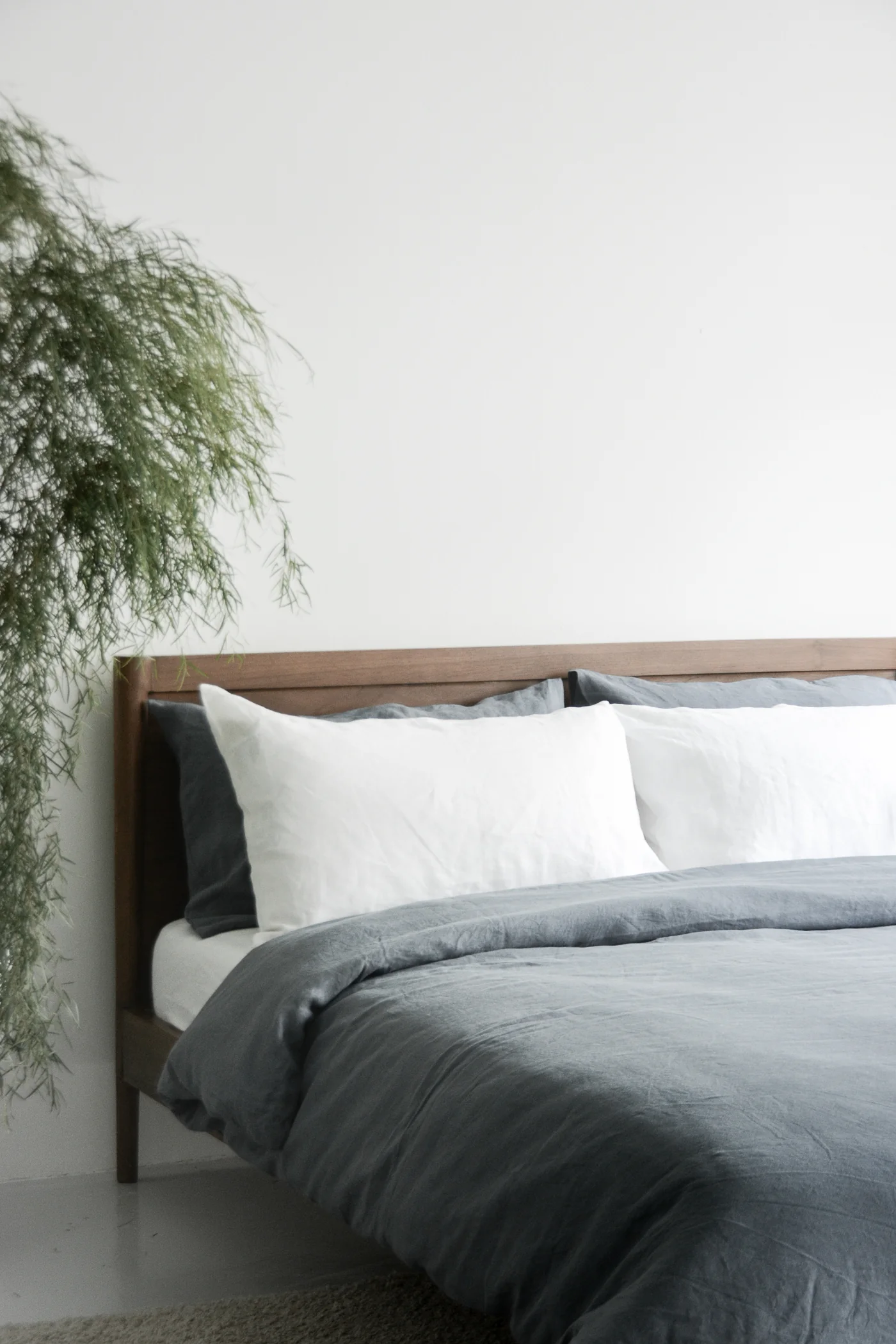In this series of posts, I’d like to introduce some of my favourite sustainable textiles that I use in designing byiroiro products. Some of these are natural fabrics (meaning they are derived from natural, usually plant-based sources, e.g. linen, bamboo), some may be sustainable because they are recycled from existing sources (e.g. recycled polyester), and some of these may be more technologically-advanced textiles e.g. seacell, lyocell etc.
Today’s post will introduce you to one of the world’s oldest natural textile - flax or linen.
How is it produced?
Linen is a natural fiber that comes from the cellulose-based fibers inside the stalks of the flax plant. The flax plant is harvested for its stems, allowed to dry for several weeks before they undergo threshing (removal of seeds from the stalk). The stems then undergo a retting process (breaking down of fibers by constant exposure to moisture) to separate out the flax fiber; after which the flax straw is then dried, cured, and crushed, before being spun into fibers for weaving cloth or into yarn.
Why is it sustainable?
Linen is one of the least environmentally damaging textiles. Unlike synthetic textiles, linen is a natural fiber and hence biodegradable. It does not pollute the environment with microplastic particles every time it is washed. Properly cultivated, high quality linen also lasts for a much longer time than cheaper, disposable synthetic fabrics.

Pros:
Highly breathable and moisture-wicking (e.g. dries much faster than cotton), and hence very comfortable especially in hot & humid climates.
Strong & durable - low pilling or fraying even after prolonged use.
Source : notperfectlinen.com
Cons:
Linen fabrics can be expensive because the production process can be very time and resource-intensive. For e.g. good quality (i.e. longer) fibers can only be obtained from plants that are pulled out by the root, a process that is required to be done only by hand and hence very laborious.
Not stretchable, not flexible; take that into account when making garments. However, in some situations (e.g. these soap sacks), non-stretchy linen yarn paired with strong crochet stitches are actually ideal for this purpose.

homewithannette.com
Taking care of linen
Some linens may shrink a little on first wash. Washing linen fabrics in cold water will help protect them from excess shrinkage and creasing. Shake out your linen clothes to reduce wrinkles after wash and gently pull in at the seams and edges to restore shape. Line drying will also prolong the life of your linen item as heat from the dryer can be abrasive to natural fibers. When storing, ensure the linen items are fully dry to prevent mould.
If you’re looking to freshen up your home, consciously choose sustainable natural textiles such as linen day curtains, bedsheets, lightweight linen throw blankets etc, as more eco-friendly home decor alternatives.
Sources : worldlinen.com; decktowel.com; sewport.com; ecoworldonline.com
